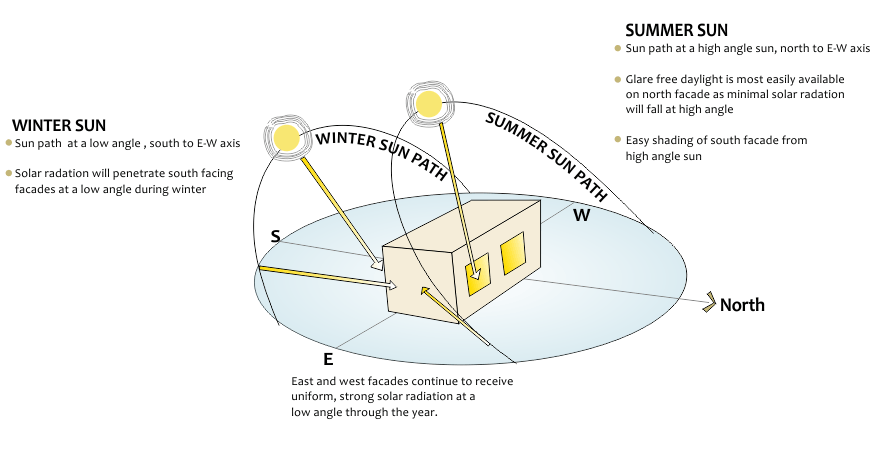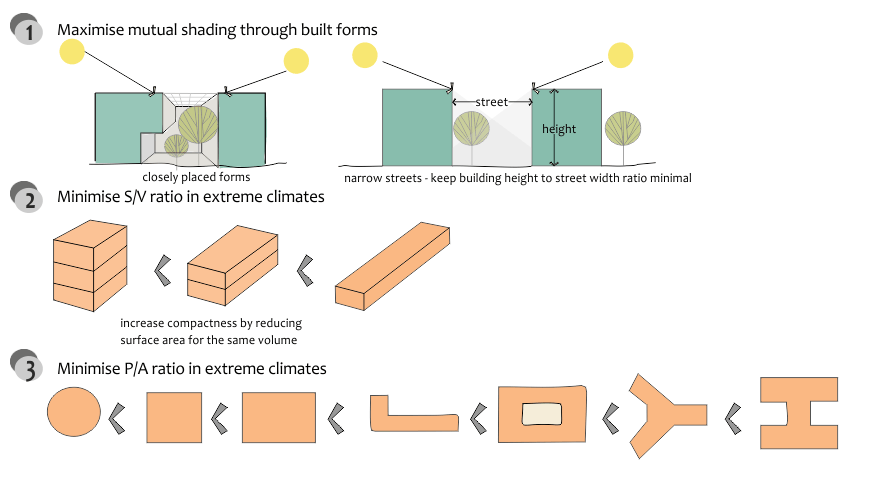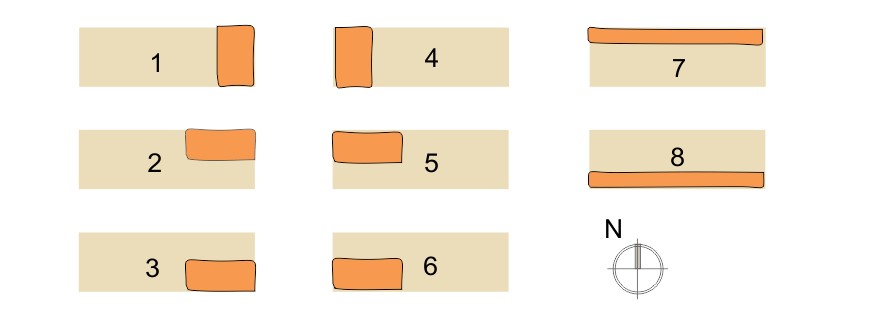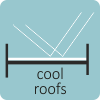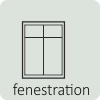Form and orientation constitute two of the most important passive design strategies for reducing energy consumption and improving thermal comfort for occupants of a building. It affects the amount of sun falling on surfaces, daylighting and direction of winds. Towards net zero energy goals, form and orientation have significant impact on building’s energy efficiency, by harnessing sun and prevailing winds to our advantage. Thus they play a pivotal role in NZEB design approach as these strategies are one time interventions and their potential benefits should not be missed.
Building designs vary according to context of its location and climate. However, the underlying principle remains the same, maximising amount of solar radiation in winter and minimizing the amount in summers. In predominantly hot regions, buildings should be ideally oriented to minimize solar gains, the reverse is applicable for cold regions. Orientation also plays an important role with regard to wind direction.
The building form determines the volume of space inside a building that needs to be heated or cooled. Thus, more compact the shape, the less wasteful it is in gaining/losing heat. In hot & dry regions and cold climates, building’s shape needs to be compact to reduce heat gain and losses, respectively.

